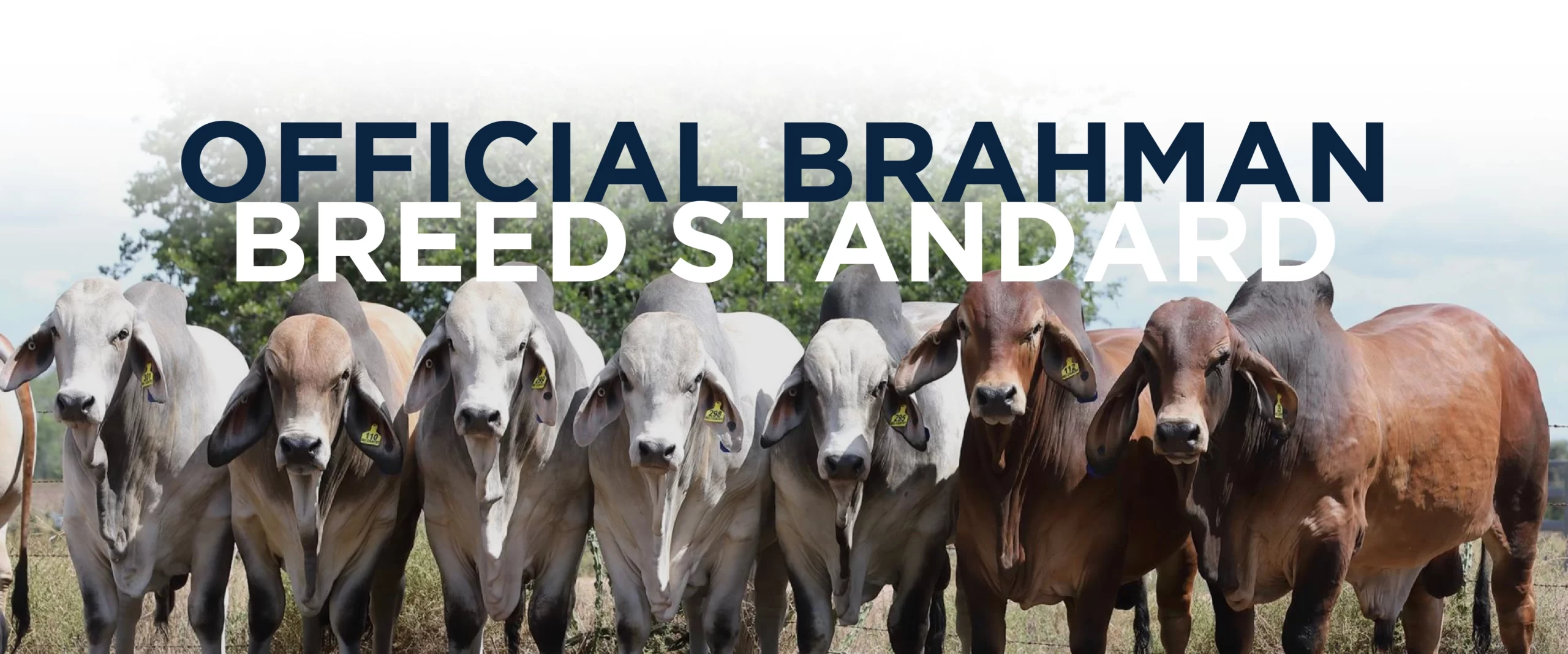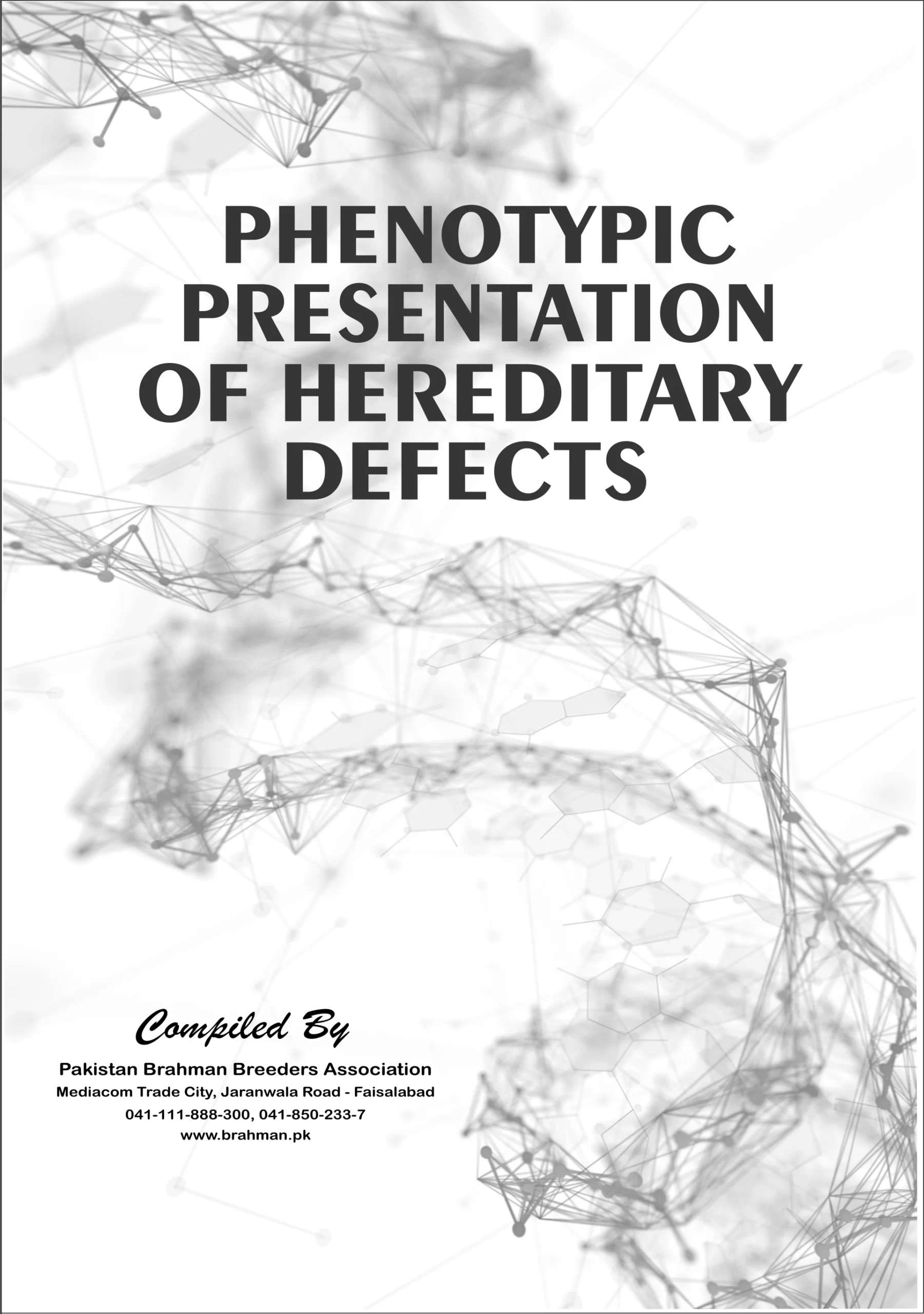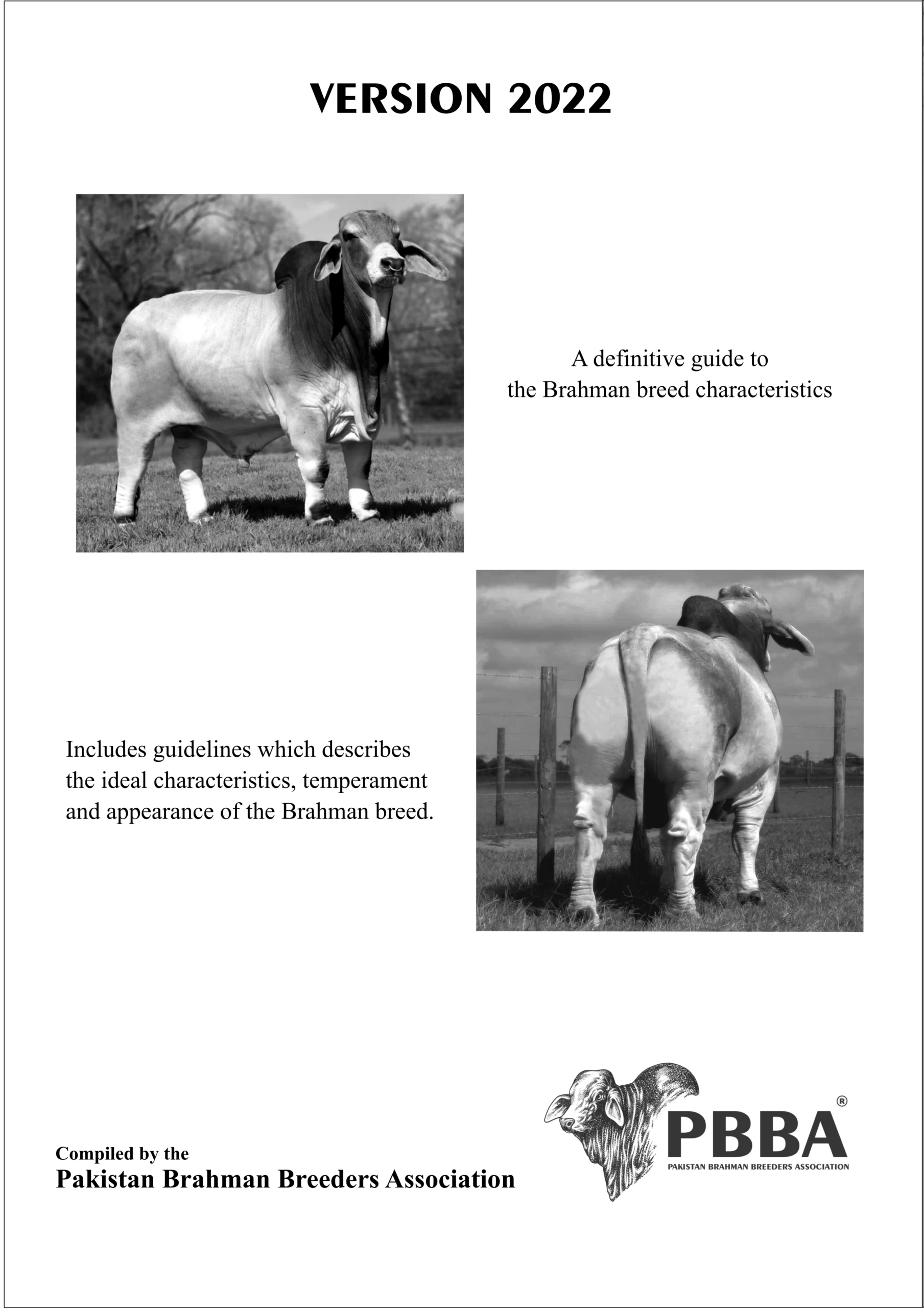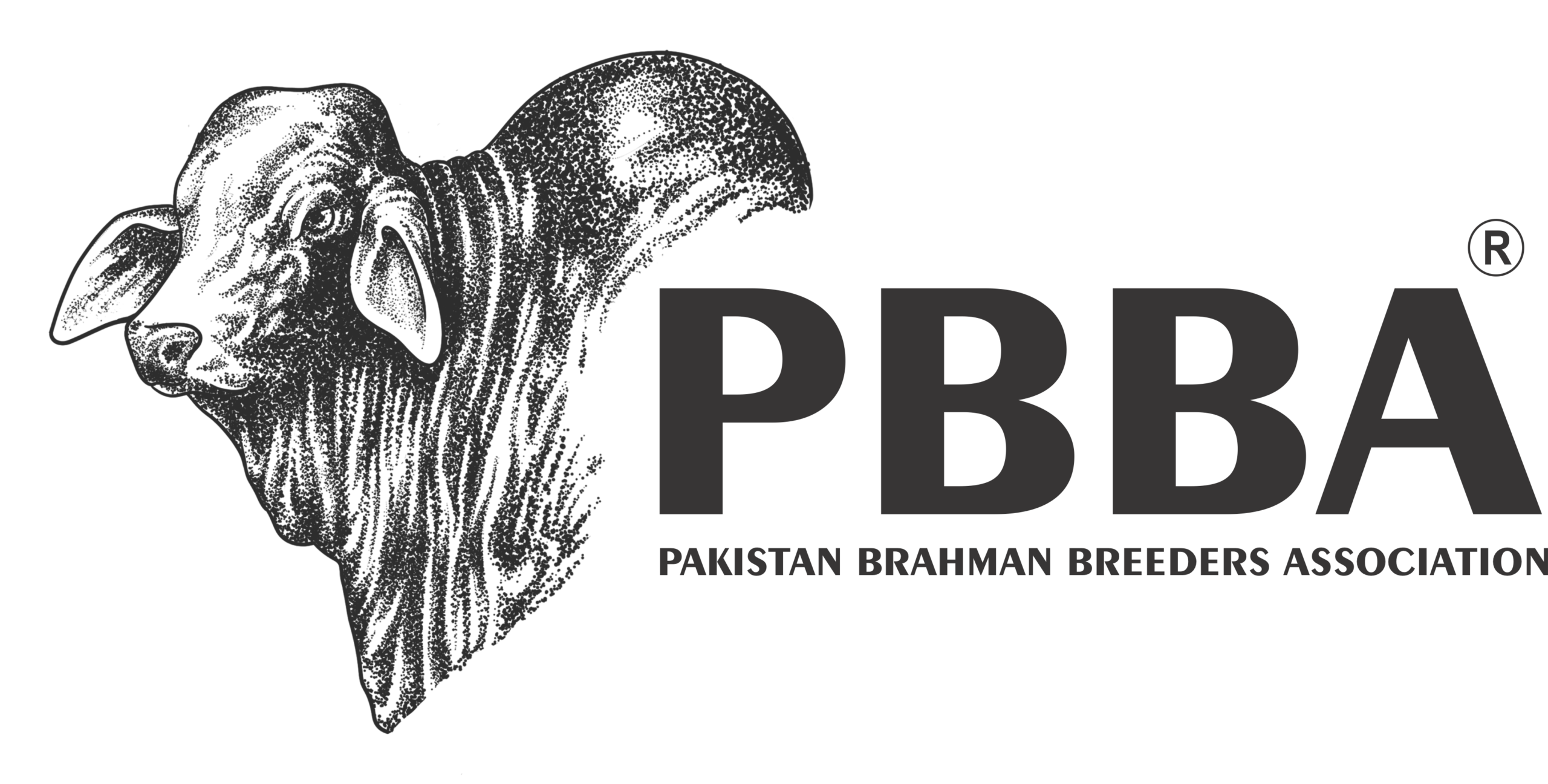
Cattle
STANDARD OF EXCELLENCE
Brahman is a Bos Indicus breed, also known as “Zebu” worldwide. It is characterized by a large hump over the top of the shoulder and neck and a pronounced dewlap.
Description | score |
|---|---|
| General Appearance: Active, graceful and well-balanced. Generally bulk with smooth hair coat. | |
| Color: Varies from very light grey or red to almost black. Bulls are normally darker than cows and usually have dark areas on the neck, shoulders and lower thighs due to presence of testosterone. | |
| Coat: Abundant of loose skin to withstand warm weather that increases the body surface area exposed to cooling. Large number of sweat glands that have the ability to sweat freely. Sebaceous glands produce an oily secretion having a distinctive odor and assists in repelling insects. Smooth, glossy hair with thick undercoat. | |
| Size: Brahmans are intermediate in size among beef breeds. Bulls will generally weigh from 700 to 1000 Kg and cows from 500 to 700 kg in their average condition. The calves are small at birth, weighing 30 to 50 kg, but grow very rapidly and wean at weights comparable to other breeds | |
| Temperament: Brahmans are intelligent, inquisitive and shy. Brahmans can become very docile when handled properly. Well bred, wisely selected and gently treated Brahmans are as easily handled as other breeds | |
| Gait: Free moving and elegant in action. Forelegs and hindlegs move parallel, when viewed from the front and behind. | |
| Head and Skull: Head carried proudly and must show character. Forehead is moderate in length, broad and sloping. Nostrils are well-developed. Muzzle may be black, red or pigmented. | |
| Eyes: Large eyes with a friendly, intelligent expression and good width between them. Well-covered eye muscles. Long eyebrow hair, extending forward but not obscuring eyes. | |
| Ears: Moderate in length and width with dark pigment. Droopy or pendulous. Occasionally reaching beyond the tip of the nose. | |
| Neck: Moderately short and muscular, thicker at the base. Well set into shoulders and with dewlap having folds of fine skin. Hump is ample in size, directly on top of shoulders and bean-shaped. | |
| Forelegs: Shoulders are oblique, smooth, broad on top and well covered. Elbows are straight, strong, meaty and not tucked in. Legs are moderately short, straight and dense when viewed from the front. Well boned in proportion to size. Pasterns are strong and slightly sloping while feet are short, neither turned in nor out. | |
| Body: Chest is wide and deep. Ribs are well sprung, thick behind shoulders and deep in rib eye muscle. Back is broad and level from hump to hips, while loin is deep and well-muscled. Rump is long and moderately sloping to tailhead. Hip is medium in width, well laid in, slightly oval from hip to hip and from hip to pin. | |
| Hindquarters: Legs are moderately short, straight and squarely placed, bones are flat and dense. Strong and straight from back view. Broad, thick and deep thighs. Hocks are smooth, strong and turning neither in nor out. Pasterns are strong, moderately sloping while feet are short, neither turned in nor out. | |
| Tail: Neatly attached, long and whippy. Set on high and thick at the base, tapering gradually and well-furnished at the switch. | |
| Navel & Sheath: Sheath should be of medium size and not be pendulous, continuing from dewlap. Excessive development of sheath or navel is objectionable. | |
| Udder and Scrotum: Udder ample in capacity, extending well-forward in line with Belly; not fleshy. Teats are moderate in size and squarely placed under each quarter. Scrotum is well-proportioned and not oversized having two equal sized testicles. | |
| Muscling: Animal should show indications of superior muscling: Front legs set wide, shoulder thick, forearm and stifle well-muscled. Rounding over top. Rounds thick and full with widest point halfway between rump and hock when viewed from rear. Animal should stand square, walk with hind legs set well apart While traveling true. Good length from hook to hock and from Pin to stifle. Bone relatively heavy. | |
|
In general appearance; vigorous, compact and indicating high dressing percentage, masculine and possessing an abundance of quality; the walk square, the step quick and the head up.
Bulls should weigh 700-1000 kgs at maturity in good flesh. Body frame should have ample depth, width and length regardless of condition.
And for Brahman cows the standard specified in part that: It should be vigorous, compact and smooth, feminine in appearance, weighing from 500-700 kgs. The female should show characteristics of refinement and femininity with horns thinner than those of the bull.
Bulls should weigh 700-1000 kgs at maturity in good flesh. Body frame should have ample depth, width and length regardless of condition.
And for Brahman cows the standard specified in part that: It should be vigorous, compact and smooth, feminine in appearance, weighing from 500-700 kgs. The female should show characteristics of refinement and femininity with horns thinner than those of the bull.


If you have a purebred Brahman, and registered by the Pakistan Brahman Breeders Association, the phenotypic standard can be downloaded in the form of printable PDF Format. It’s important read about the breed’s phenotypic presentation of the hereditary defects so that you can identify and eliminate the disqualifications in your herd and be able to breed the show quality Brahmans.
